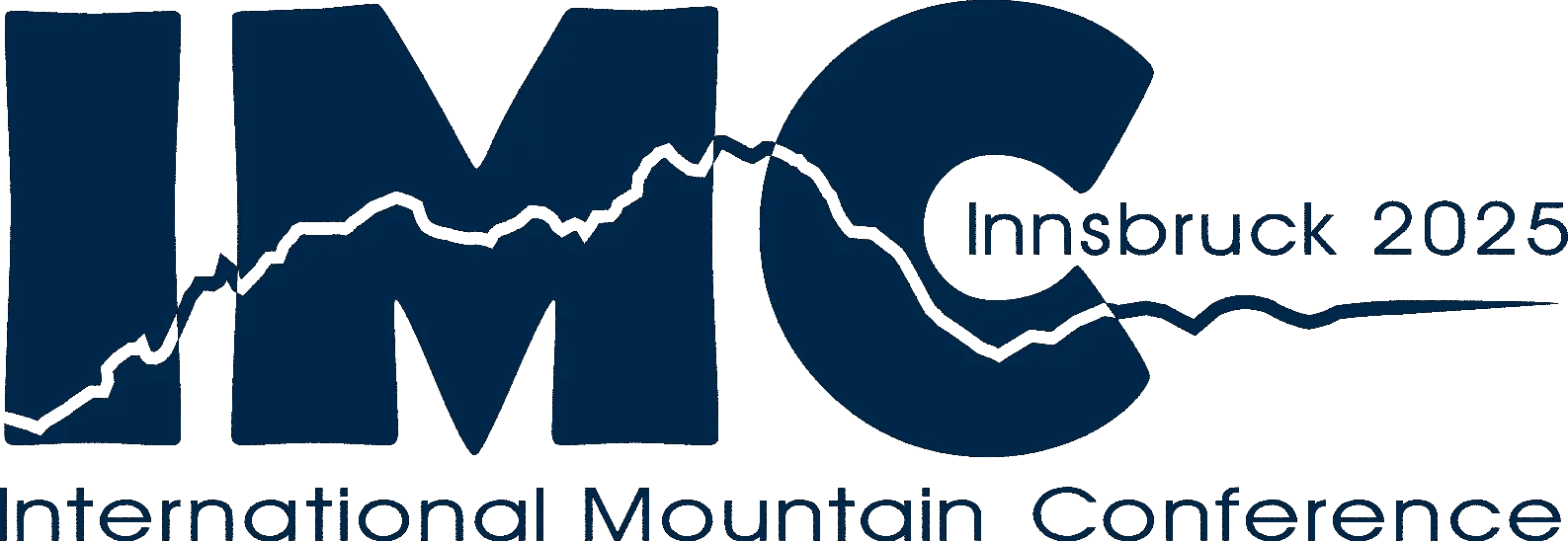Terrace rice farming: a sustainable water management and sustainable farming technique used in Nepal
Abstract ID: 3.9857 | Accepted as Talk | Talk | TBA | TBA
Rajendra Uprety (1)
Every year, more people migrate from the hills and mountains to the Terai, and most cite water scarcity as the primary reason for their relocation. It puts livelihoods in the hills at risk. The highlands of Nepal were well-known a few decades ago for their terraced rice fields and sustainable means of subsistence. Rice planting on terraces was a major source of sustainable livelihoods and food grain production. Terrace rice farming activated entire water systems, managed downstream water flows, and replenished aquafers with stagnant water for rice. Following the reduction of terrace rice cultivation regions in the hills, downstream water flows have been affected and dried out because of the damaged water recharge system. It has multiplier effects on farming systems, drinking water availability and whole livelihoods of hills’ communities. However, the majority of farmers who continue to cultivate rice use native rice varieties in the hills and regulate nutrients using organic manures and compost that may be found nearby. Local varieties and nature-based cultivation yield premium rice that is healthier and of greater quality, fetching a higher price and generating more income. Every year, the improved road system in the Nepalese hills expands the market for hills agricultural products and raises their prices. Realize that by reviving terrace-based rice farming, turning on water recharge systems, and improving overall agriculture, we can improve livelihoods in Nepal’s hills and mountains as well as other similar agroecological regions worldwide.
| N/A | ||||||||
|
